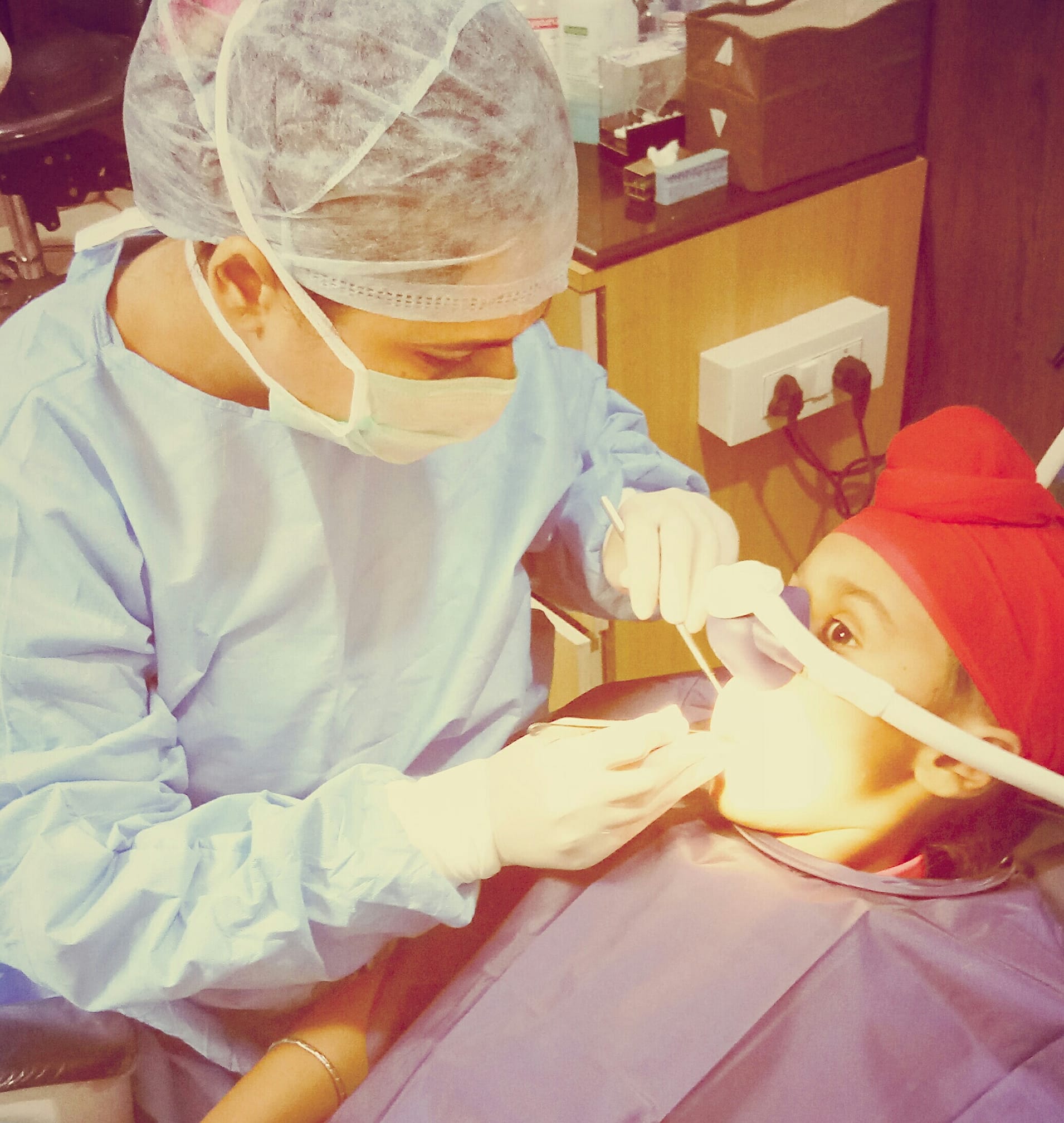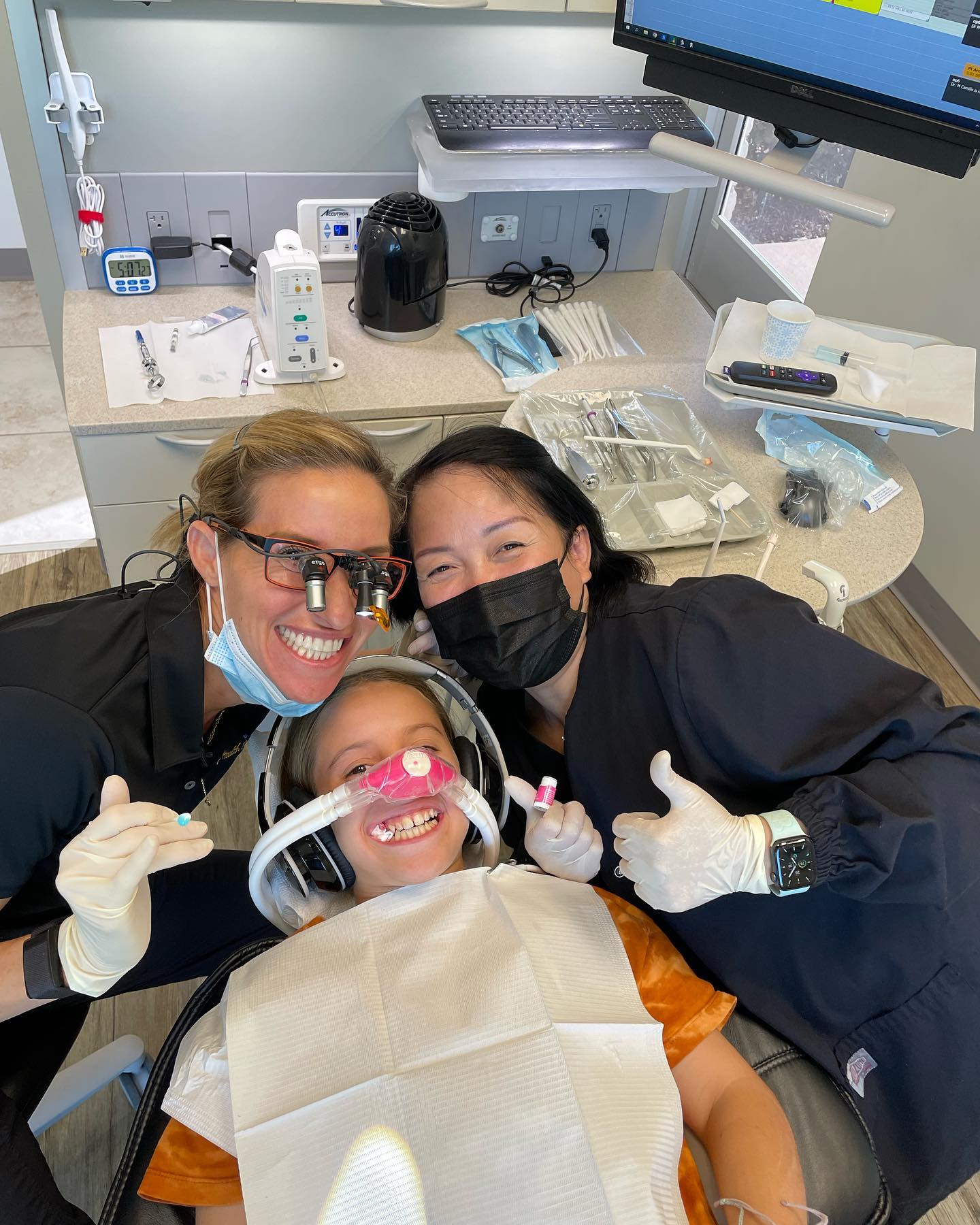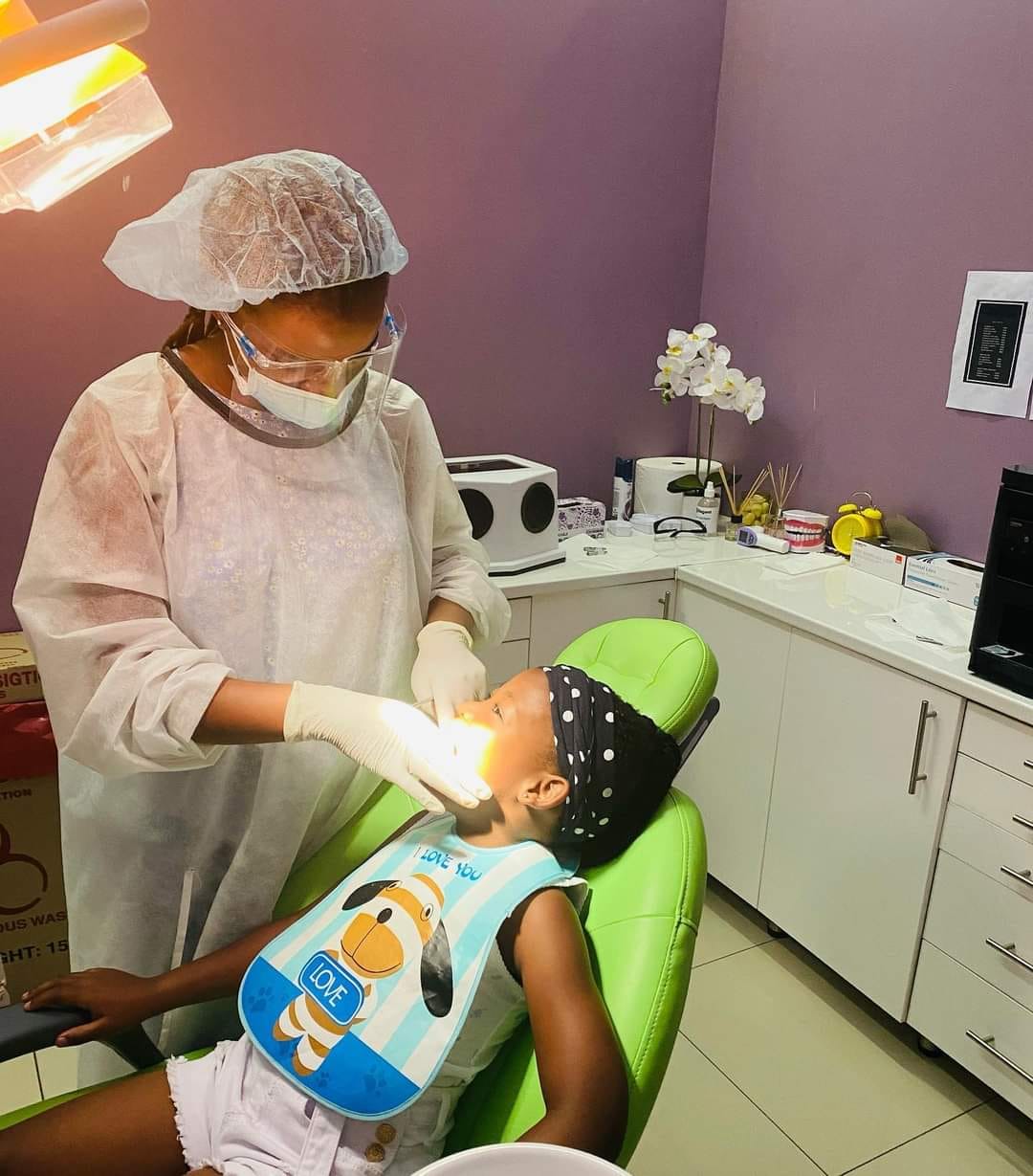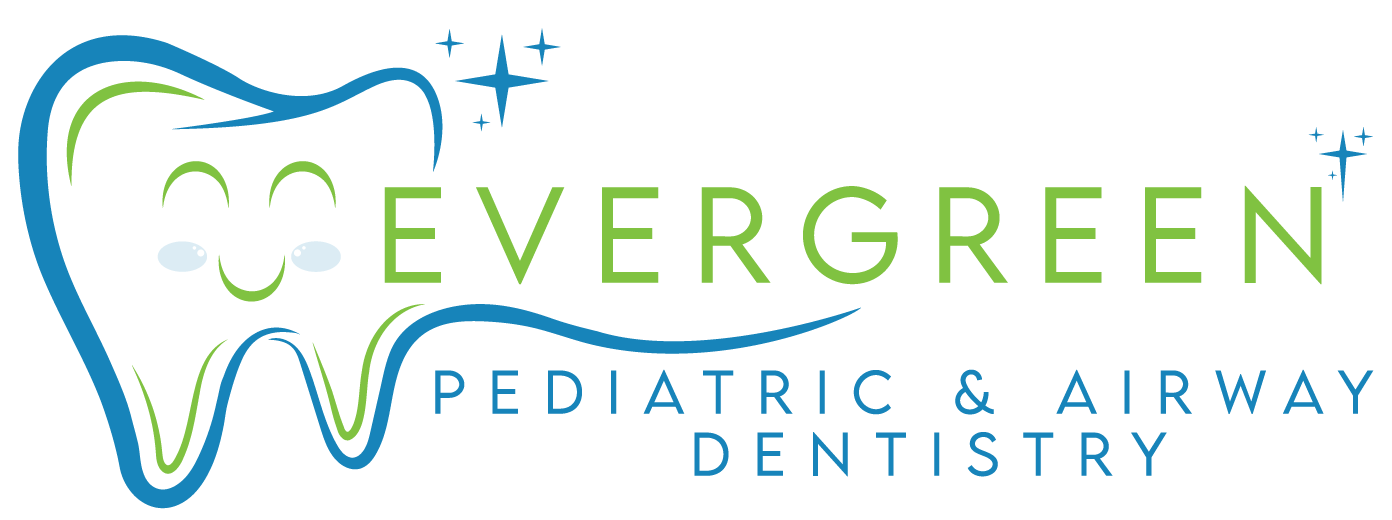Sleep Dentistry Techniques for Kids: Options and Considerations
Navigating the world of dentistry with children can often feel like a daunting task for parents and guardians. Whether it’s the anxiety associated with dental visits or the discomfort of procedures, ensuring a child’s experience is as calm and pain-free as possible is always a top priority. Enter the realm of sleep dentistry for kids—a revolutionary approach that promises to transform dental visits into a stress-free experience for both kids and caregivers. In this comprehensive guide, we’ll explore the various sleep dentistry techniques designed specifically for our little ones, discuss the important considerations parents should bear in mind, and shed light on how these methods can make dental care a breeze. Prepare to arm yourself with knowledge and peace of mind for your child’s next dental appointment.
Understanding Your Child’s Dental Anxiety
Recognizing and addressing dental anxiety in children is the foundational step towards a positive dental experience. Anxiety can manifest in various forms, from mild nervousness to severe fear and avoidance, impacting not only the child’s emotional well-being but also their oral health. Several factors contribute to this anxiety, including fear of pain, the unfamiliar environment of a dental office, or negative stories they may have heard. Engaging in open conversations with your child about their fears, seeking a dental practice that specializes in pediatric dentistry, and gradually familiarizing them with the dental environment can significantly mitigate these concerns. Understanding your child’s perspective is crucial in tailoring an approach that ensures their comfort and readiness for dental care.

Children Sleep Dentistry
Pros and Cons of Each Sleep Dentistry Technique
Each sleep dentistry technique comes with its own set of advantages and drawbacks. Understanding these can help parents and guardians make informed decisions about the best option for their child’s dental care.
- Nitrous Oxide (Laughing Gas): The primary advantage of nitrous oxide in dentistry is its ability to alleviate anxiety without putting the child into a deep sedation. It’s safe, effective, and recovery is swift, making it ideal for minor procedures. However, it might not be sufficient for children with severe anxiety or for those undergoing lengthy procedures.
- Oral Conscious Sedation: This method is beneficial for children who need a bit more relaxation than nitrous oxide can provide. It’s easy to administer, as it doesn’t involve needles or IVs. On the downside, it’s not as precisely controllable as other forms of sedation, and there’s a longer recovery period as the medication takes time to wear off.
- IV Sedation: IV sedation offers a deeper level of sedation, which is advantageous for extensive dental work or for children who are highly anxious. The sedation level can be adjusted, providing flexibility and control during the procedure. However, this method involves the use of an IV, which can be scary for some children, and requires a longer recovery period.
- General Anesthesia: The most significant advantage of general anesthesia is that it allows for extensive dental procedures to be performed without any discomfort to the child. It’s the best option for children with extreme dental anxiety or special needs that prevent them from cooperating during dental care. The cons include the risks associated with any type of general anesthesia, such as potential side effects and the necessity for specialized monitoring equipment and personnel.
Safety Considerations and Preparations for Sleep Dentistry
When considering sleep dental service for your child, safety is the paramount concern. It’s crucial to select a pediatric dentist or dental anesthesiologist who is experienced and specifically trained in providing sedation to children. Prior to the procedure, a thorough review of your child’s medical history, including any allergies or existing medical conditions, will be conducted to identify the safest sedation method. Additionally, a pre-procedure visit may be scheduled to assess your child’s current health status and to discuss any concerns.
Preparation also plays a critical role in ensuring the success and safety of the procedure. Parents and caregivers will receive detailed instructions regarding food and liquid intake restrictions before the sedation appointment. It’s important to follow these guidelines meticulously to avoid any complications during the sedation process. After the procedure, plan for a period of close observation at home as your child recovers from the sedation. Depending on the type of sedation used, your child may experience drowsiness, dizziness, or slight nausea as the sedative wears off.
Ensuring clear communication with your dental provider about the sedation process and understanding the aftercare requirements can help foster a safe, comfortable experience for your child. Remember, the goal of sleep dentistry is not only to alleviate anxiety and pain but to do so in the safest manner possible, paving the way for positive dental experiences in the future.
The Role of Dental Professionals in Sleep Dentistry
The efficacy and safety of sleep dentistry heavily depend on the expertise and roles of dental professionals involved. Pediatric dentists, dental anesthesiologists, and dental nurses form the core team that ensures a child’s dental procedure under sedation is successful and safe. Pediatric dentists are specially trained to understand children’s unique needs and anxieties, making them key in preparing both the child and their parents for what to expect. Dental anesthesiologists bring their expertise in sedation and anesthesia, tailoring the sedation level to the child’s needs and closely monitoring during the procedure to swiftly address any unforeseen issues. Dental nurses assist in the procedure and play a vital role in post-procedure care, ensuring that the child is comfortable and that parents are well-informed about home care instructions. This collaborative approach is crucial in creating a positive, safe dental experience for children, minimizing fear, and ensuring effective dental treatment.

Pediatric Sleep Dentistry
What Parents Can Expect During and After the Procedure
During the dental procedure under sedation, parents can expect their child to be under the careful supervision of the dental team. Depending on the type of sedation used, children may drift into a relaxed state or fall completely asleep, with their vital signs continuously monitored to ensure their safety. It’s important for parents to understand that, even though they may not be allowed in the treatment room, every precaution is taken to safeguard their child’s well-being.
After the procedure, children will gradually awaken from sedation. The time it takes to fully recover can vary depending on the type of sedation used. Parents should be prepared for their child to feel groggy, sleepy, or slightly disoriented as the sedation wears off. It’s imperative to follow the dental team’s instructions for post-procedure care, which may include limiting physical activity and monitoring food and liquid intake for a specific period. Most children recover from the effects of sedation within a few hours, but some sedation methods may require a longer recovery time. The dental team will provide detailed guidelines on what symptoms to watch out for and when it would be necessary to seek medical attention. By closely adhering to these guidelines, parents can ensure a smooth and safe recovery process for their child.
Addressing Common Concerns and Questions
Many parents have understandable concerns and questions when considering sleep dentistry for their child. Here, we address some of the most common queries:
- Is sleep dentistry safe for children? Yes, when performed by an experienced and trained dental experts, sleep dentistry is safe for children. Prior to the procedure, a comprehensive assessment of the child’s health and medical history ensures that the most appropriate and safe sedation method is selected.
- Will my child feel any pain? One of the primary goals of sleep dentistry is to ensure that the child experiences no discomfort during the dental procedure. Depending on the type of sedation, your child may be completely unaware of the procedure as it takes place, thereby experiencing no pain.
- How do I prepare my child for sleep dentistry? Preparation can vary depending on the type of sedation used. Generally, it involves adhering to guidelines regarding food and drink intake before the procedure and ensuring that your child is wearing comfortable clothing. Your dentist will provide you with specific instructions based on the needs of your child and the nature of the sedation.
- Can my child return to school or day care immediately after the procedure? It is recommended to allow your child some time to fully recover from the sedation before returning to school or daycare. The recovery time can vary depending on the type of sedation used. Your dental team will offer guidance on what to expect and how to ensure a smooth recovery for your child.
- What signs of complication should I watch for after the procedure? While complications are rare, it’s important to monitor your child for any unusual symptoms such as prolonged drowsiness, difficulty breathing, severe pain, or persistent nausea. Any of these symptoms warrant immediate contact with your dental provider or a visit to the emergency room.
Age Considerations for Sleep Dentistry
One key factor in determining the suitability of sleep dentistry for a child is their age. While there is no one-size-fits-all answer, generally, sleep dentistry is considered safe for children aged two years and older. For very young children, especially those under the age of two, pediatric dentists will meticulously evaluate the child’s health, dental needs, and ability to cooperate during a procedure before recommending sedation. It’s essential to understand that every child is unique, and decisions regarding sedation are made on a case-by-case basis, taking into account the child’s specific circumstances, including their developmental stage, the extent of dental work needed, and their overall health. Engaging in open and honest communication with your dental provider is crucial to understanding the best approach to your child’s dental care and ensuring their comfort and safety during dental procedures.

Children Sedation Dental Service
Preparing Your Child for Sleep Dentistry
Preparing your child for sleep dentistry can greatly reduce their anxiety and make the dental experience more positive for both you and your child. Here are some practical tips on how to effectively explain sleep dentistry to your child and prepare for the day of the procedure:
Explaining Sleep Dentistry to Your Child
- Use Simple and Positive Language: Explain sleep dentistry to your child in a way that they can understand. Avoid using words that might scare them like “pain” or “shots”. Instead, tell them that the dentist will use a special kind of sleep to help them get through the visit without feeling anything.
- Reassure Them of Their Safety: Children need to feel secure. Assure them that you’ll be there with them before they go to sleep and that the dentist and their team are there to help them and make sure they’re comfortable and safe.
- Use Storytelling or Role-Play: Sometimes, reading a story about visiting the dentist or role-playing the dental visit can help a child understand what to expect and feel more comfortable with the idea.
- Preparing for the Day of the Procedure
- Follow Pre-Procedure Instructions: Your dentist will give you specific instructions regarding eating, drinking, and medication before the procedure. It’s important to follow these guidelines to ensure the safety and effectiveness of the sedation.
- Dress Your Child in Comfortable Clothes: Choose loose-fitting, comfortable clothes for your child to wear on the day of the procedure. This will help them feel at ease both before and after the sedation.
- Bring Their Favorite Toy or Blanket: A familiar object can provide comfort to your child during unfamiliar situations. Allow them to bring their favorite toy or blanket for extra reassurance.
- Plan for Rest After the Procedure: Make sure you don’t have any activities scheduled for after the procedure. Your child will likely be groggy and will need to rest.
- Stay Calm and Positive: Children pick up on their parents’ emotions. If you remain calm and positive about the dental visit, it will help ease any fears or anxiety your child may have.
Choosing the Right Pediatric Dentist
Finding the right pediatric dentist, especially one that specializes in sleep dentistry, is a crucial decision for a parent to make. To ensure your child receives the best possible care, there are several key factors to consider. First and foremost, check for the dentist’s accreditations. A reputable pediatric dentist will be board-certified, indicating they have completed rigorous training and examinations in pediatric dentistry. Additionally, look for specific training or certifications in sedation dentistry, as this shows they have the expertise to safely administer and monitor sedation in children.
Experience is another crucial element. Ask about the dentist’s history of performing sedated dental procedures on children. Experienced pediatric dentists will not only be skilled in performing the necessary dental work but also be adept at managing children’s anxiety and ensuring their comfort throughout the process. Reading reviews from other parents or asking for referrals can also provide insight into the dentist’s demeanor, patience, and ability to create a positive environment for young patients.
Ultimately, the right pediatric dentist specializing in sleep dentistry should be someone who combines professional qualification with a compassionate approach, making both you and your child feel safe and well-cared for.
In conclusion, sleep dentistry for children represents a significant advancement in pediatric dental care, offering a compassionate solution for young patients who may experience anxiety or fear about dental procedures. Safety, comfort, and communication are the cornerstones of successful sleep dentistry, ensuring that children can receive the necessary dental care without distress. By carefully selecting a qualified and empathetic pediatric dentist, preparing your child with positivity and understanding, and closely following pre- and post-procedure guidelines, parents can greatly contribute to a positive dental experience. Remember, a child’s early encounters with dentistry can shape their attitude towards dental health for years to come. Thus, sleep dentistry, when appropriately applied and managed, can be a valuable tool in fostering a healthy, lifelong relationship with dental care.
Evergreen Pediatric Dentistry
https://www.google.com/maps?cid=14720788683151219551
12910 Totem Lake Blvd NE #103, Kirkland, WA 98034, United States
(425) 814-3196
https://evergreenkidsdentist.com/


